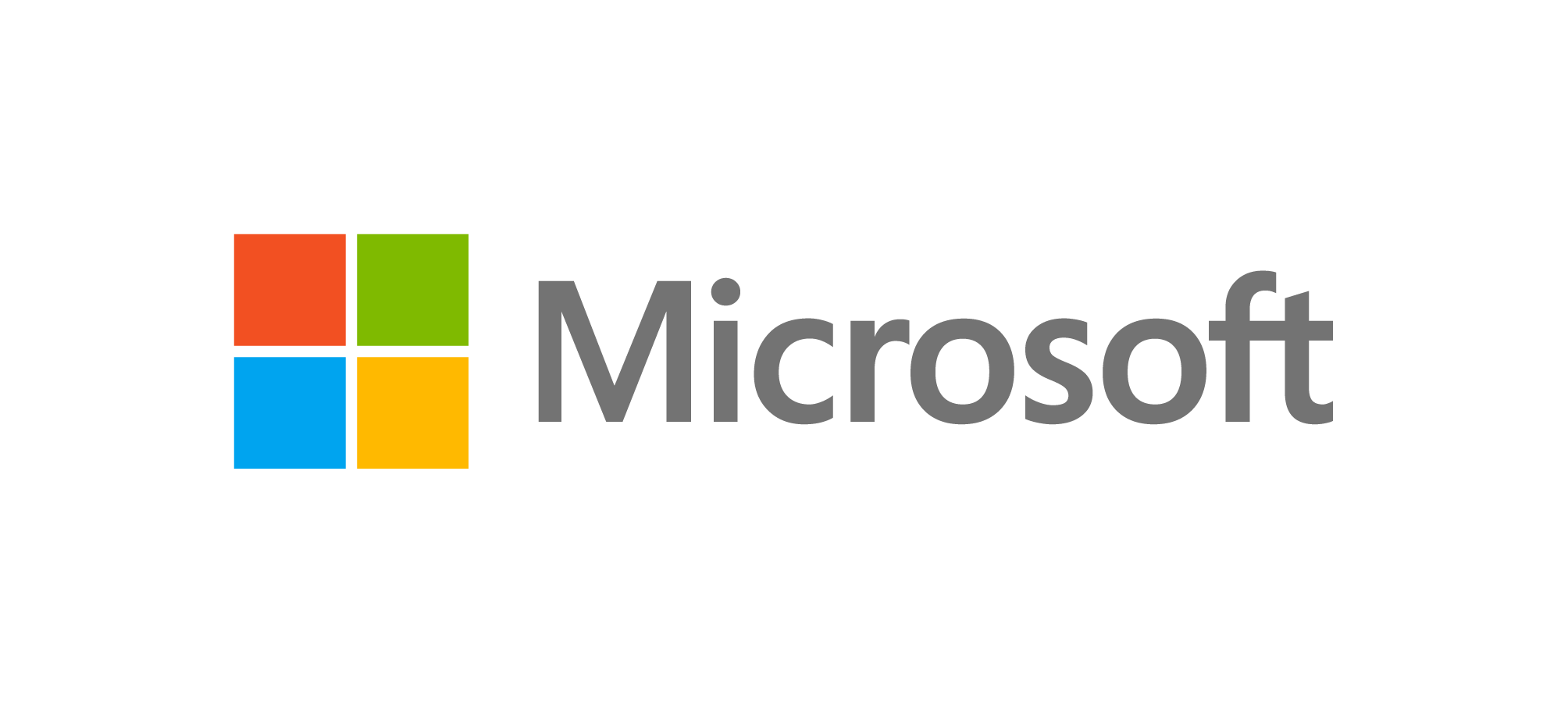Power up. From supercharging employee productivity and streamlining processes to inspiring innovation, Microsoft’s AI is designed to help you build the next big thing. No matter where you're starting, push what's possible and build your way with Azure's industry-leading AI. Check it out.
AT&T’s data science group has spent the past several months engaged in a type of internal reckoning that’s become common across the business world. Like venture capitalists and enterprise startups—which we explored in parts one and two of this series—legacy companies are examining how the latest advances in AI might change the way we work in the future.
As ChatGPT began to gain traction in February, AT&T’s team of around 300 data scientists and developers began talking to vendors, poring over blogs and forums, and experimenting to determine how this emerging form of conversational AI might help serve the wireless carrier’s business interests, according to AT&T Chief Data Officer Andy Markus.
Months later, the company rolled out its own office-wide version of ChatGPT, dubbed Ask AT&T, designed to draw from internal files to answer employee questions. Markus, citing internal tests, said large language models (LLMs) have helped the company’s programmers complete coding tasks around 20% to 50% faster than they had previously. It’s also being used for tasks like translating documentation across different languages.
AT&T is far from the only legacy company with a story like this. Businesses across almost every sector have worked with perhaps uncharacteristic speed to deploy the latest AI advances to their workforces. But hurdles like inaccuracy of generated information, data security, and disorganized internal databases have also limited these efforts.
“[ChatGPT] knows generally about the world; it doesn’t know about AT&T, internal, or for that matter, any other company…so you have to teach it that stuff—you almost have to become a librarian for how you’re organizing that internal content,” Markus said. “The good thing is we can try to not commit some of the sins of the past, where we have multiple copies of data in different places.”
Meeting employees where they are
Part of the reasoning behind Ask AT&T was to get ahead of where employees were already headed. Even before Samsung notably banned its employees from using generative AI applications like ChatGPT at work, Markus said he figured AT&T’s employees would inevitably tap the apps, so his team decided to work with Microsoft to create a more secure, non-public alternative.
“[ChatGPT] is such a great productivity [tool]; odds are people are going to start sharing information as employees—they’re going to have AT&T documents pasting and code copying. And we didn’t want that stuff to get out there in the public, per se,” Markus said. “So that’s kind of why we did it.”
Markus said the key to cutting down on hallucinations has been to direct Ask AT&T to always include citations that show where it generated its answer from and prompt it to admit when it doesn’t have an answer. “You just have to tell it, ‘If you don’t really know, say you don’t know.’ That helps a lot,” Markus said.
The company’s next step is to roll out a generative AI-powered chatbot to help with customer service, something it has been A/B testing with a certain percentage of customers, Markus said.
Overhyped in the near term
At enterprise management platform Workday, Chief Technology Officer Jim Stratton said the company has been similarly evaluating use cases both within Workday and for its clients.
Use cases related to content creation and summarization will have easy applications in the near term, according to Stratton. The company is looking at ways it might be able to integrate generative AI to help with tasks like writing job descriptions and performance reviews, for instance.
“Allowing people not to start with a clean sheet of paper, get them 80% of the way there and then provide them with tools to help them edit to get to the good finished product that they want,” Stratton told Tech Brew. “I think those are relatively low-hanging-fruit use cases that also provide a lot of value to the end users.”
Stratton said another use case is employing LLMs as a text interface tool for navigating complex processes.
“Just thinking about natural language interfaces to help you navigate through complex tasks or complex applications—that’s certainly an area that we’re investigating now that I think will have substantial dividends in terms of the usability of fairly complex applications,” Stratton said.
Stratton said the technology is likely overhyped at the moment—these immediate use cases might not be as transformative as some might claim—but underhyped in the long term, as new applications that haven’t been imagined yet become possible as AI evolves.
Jayesh Govindarajan, SVP of AI and machine learning at Salesforce, told Tech Brew that the enterprise giant is betting on generative AI ultimately transforming the way that offices work; the company is aiming to build generative AI tools that serve each role in a business.
“Generative AI will transform how we work. What you’re starting to see is Salesforce, taking the view that we want to have an assistant for every persona that we serve today,” Govindarajan said. “What this means for the workforce is it takes away the mundane from the day-to-day.”


